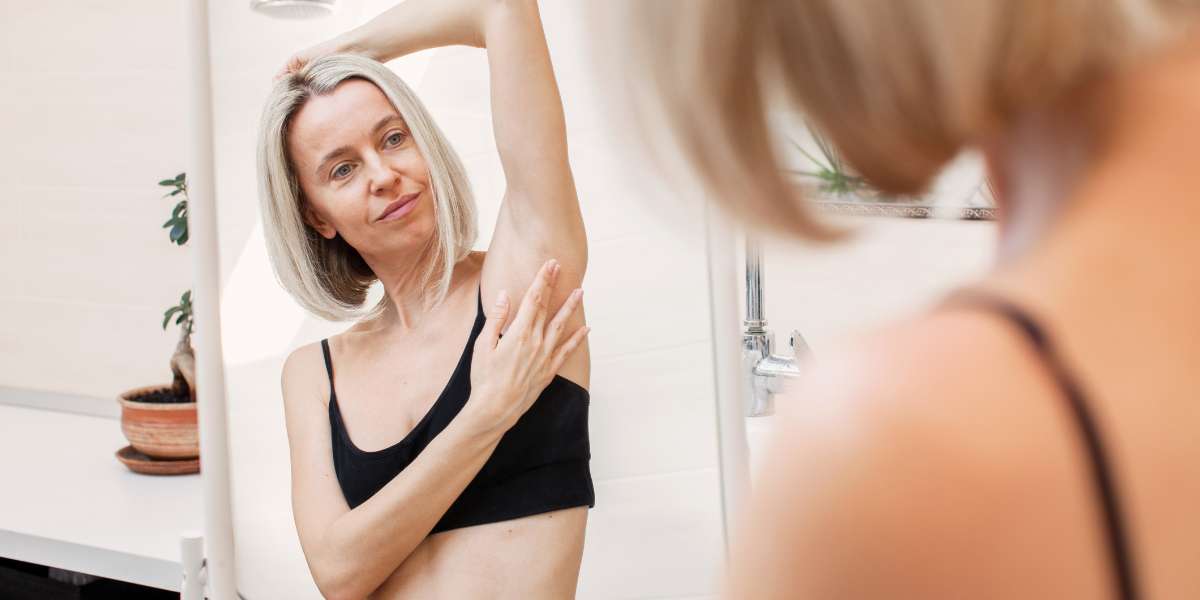Women have been urged to look out for changes to their breasts in the fight against breast cancer.
Approximately 55,000 women in the UK are diagnosed with the disease every year, yet a survey has shown that more than a third of women do not regularly check their breasts.
Whether it is forgetting to do these vital checks, or not being sure on what to look out for, charities have urged women to arm themselves with the knowledge that could save their lives.
- Mediterranean diet high in olive oil reduces breast cancer risk
- Self-care reduces risk of heart complications amongst females
The NHS Breast Screening Programme provides eligible women with their first routine invitation for breast cancer screening between the age of 50 and 53 and every three years until they are 70.
However, performing breast self-exams can help more women to detect breast cancer early, which could increase their chances of beating it.
It comes after Dr Sarah Kayat demonstrated a breast scan on ITV’s This Morning with help from a topless cancer survivor. Dr Kayat said monthly breast checks could save around 1,300 lives a year in the UK.
How should I check my breasts?
The NHS advise that it is important to know how your breasts normally look and feel so you can pick up on any changes.
Women and men have been urged to check all the way up to their collarbone and underneath their armpits as breast tissue isn’t just found in your breasts.
The most popular method involves using the pads of your fingers – using semi-circles, rub and feel from top to bottom in a circular motion to check for abnormalities.
Do you know how to check your breasts properly? @Sara_Kayat shows you the simple way to check your breasts for signs of breast cancer. #ThisMorning pic.twitter.com/K6AemHWLnW
— This Morning (@thismorning) March 27, 2023
What should I be looking out for?
The key things to be looking out for include the following.
A lump or swelling
A lump or an area of thickened breast tissue that doesn’t move easily can be one of the first symptoms of breast cancer. These lumps can be hard and painless.
The NHS advises women to check their breasts at different times of the month as periods can affect how lumpy or tender their breasts are.
Changes to the shape and size of the breast should also be checked.
- Morning workouts are beneficial for female heart health
- Physical activity reduces mortality risk in breast cancer survivors
Puckering, dimpling or changes to the colour of the skin
Use a mirror to look out for skin that looks like orange peel, or looks red or inflamed.
Changes to the nipple
Keep an eye out for rashes or crusting around the nipple. It may look like eczema, including crusting, scaly, itchy or red skin.
The position of the nipple is also important – if it starting to point in a different way, get it checked by a doctor. Discharge from the nipple is another warning sign.
Checking your breasts is important in order to detect potential issues early on.
By performing regular self-exams and getting mammograms as recommended by the NHS, you can help ensure the best possible outcomes and increase your chances of a full recovery if breast cancer is detected.




